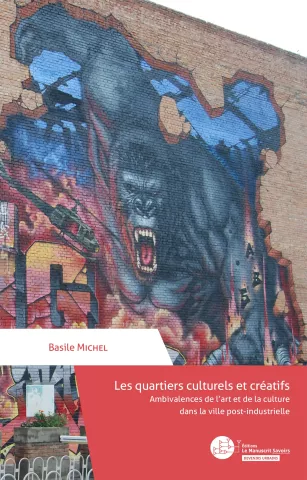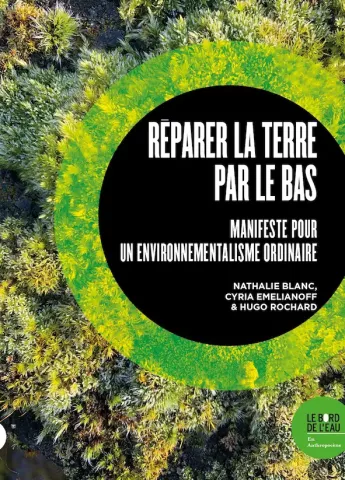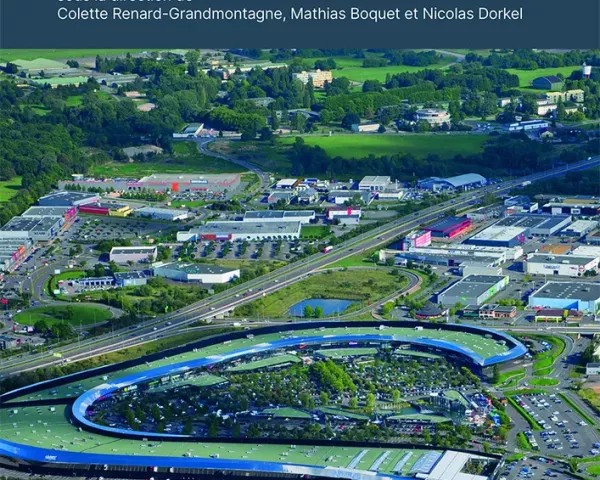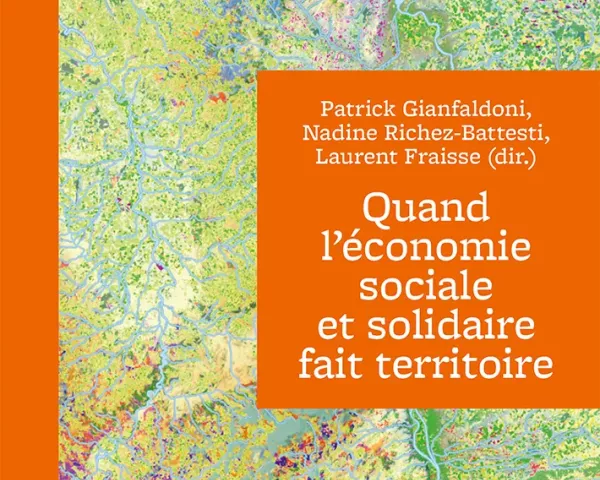The Senegal River, a Disturbed Lifeline in the Sahel

The Senegal River running through the arid and semi-arid parts of Senegal, Mauritania and Mali is of vital importance in this West African region. Multi-ethnic and multicultural populations have always been deeply dependent on its ecosystems and water for subsistence economies based on fishing, agriculture and livestock. Called the lifeline of the region, the Senegal River valley has experienced the earliest West African kingdoms as well as French colonization from 1624 onward, with the first French trading center at the river mouth remaining until independence in 1960. In hydrological terms, the Senegal River connects the humid upper parts of its valley with the drier basin area of its lower course, reflecting a strong climatological gradient that strongly affects biological and cultural diversity. After serious climatic changes, first apparent in 1968, that have devastated the entire valley, the riparian states of Mali, Mauritania, Senegal and later, Guinea, decided to join forces to master the availability of water and seek ways for rational and coordinated exploitation of natural resources. However, the river regulation infrastructure built (Manantali and Diama dams, dikes and other irrigation schemes) have had unforeseen environmental and socio-economical consequences along the Senegal River valley and the estuary. Among the impacts, salinization of soils, degradation of vegetation, the disappearance of native animal and plant species, diseases, the vanishing of some economic and socio-cultural activities and rural exodus, are the most important. Different protected areas have been created since the 1960s, all along the river, in part to reduce these negative impacts. However, the Senegal River currently remains a disturbed lifeline in the Sahel. Elements of the traditional cultural use of the river and respect for nature may contribute to the improvement of hydrological and hydro-agricultural schemes.











